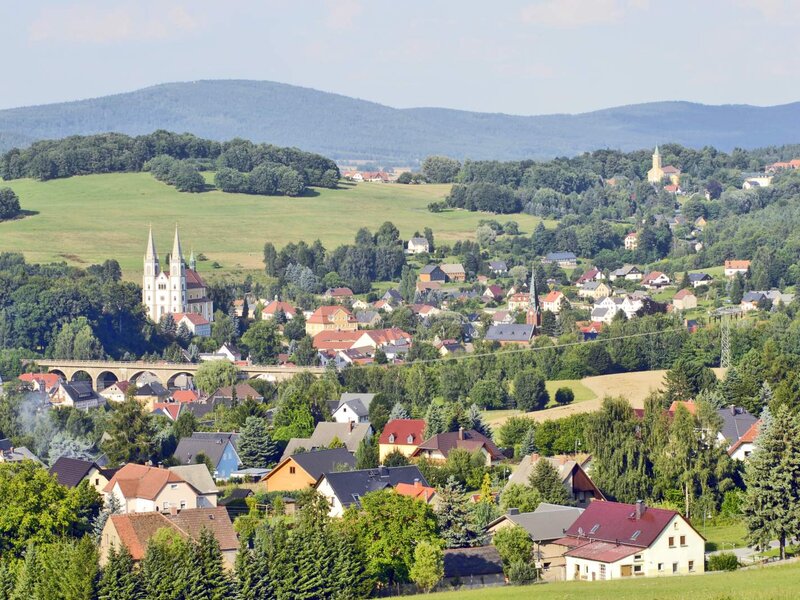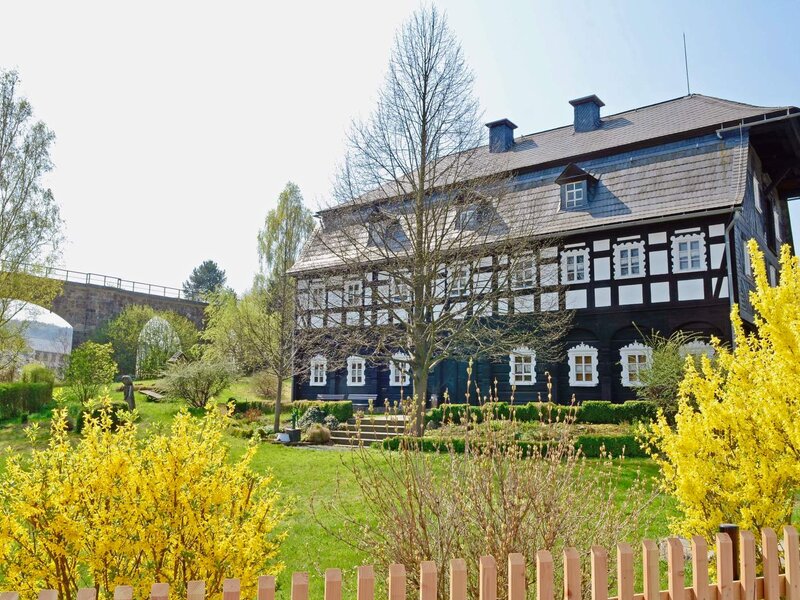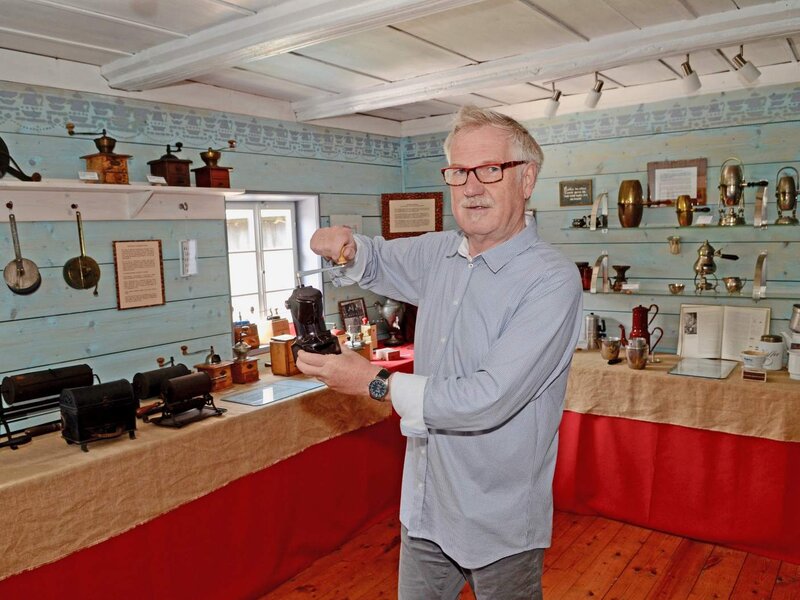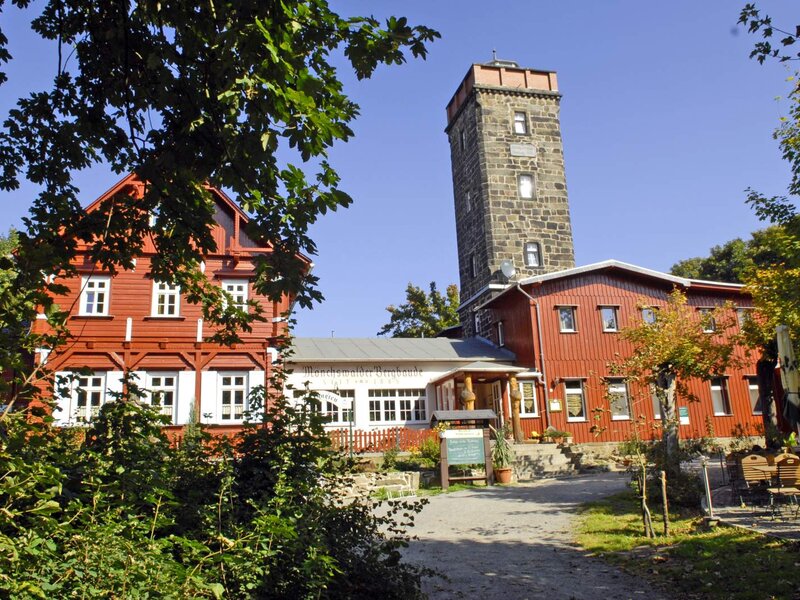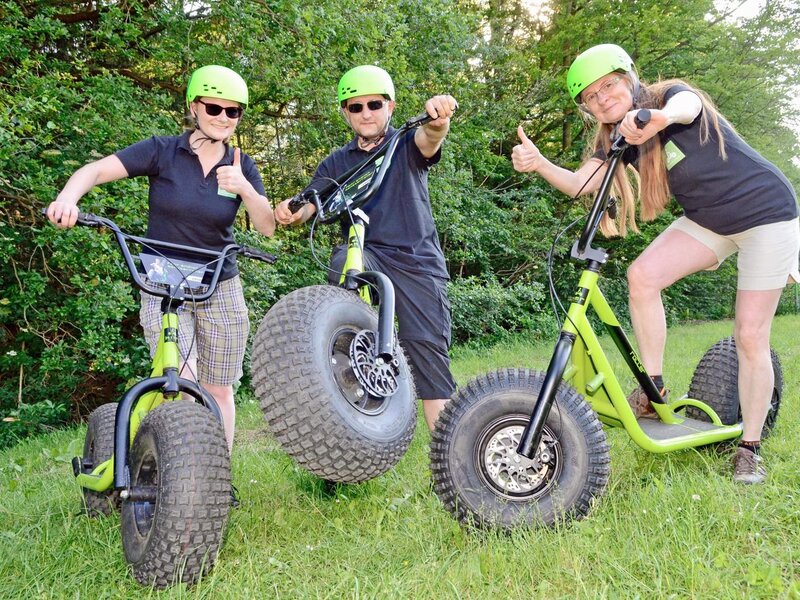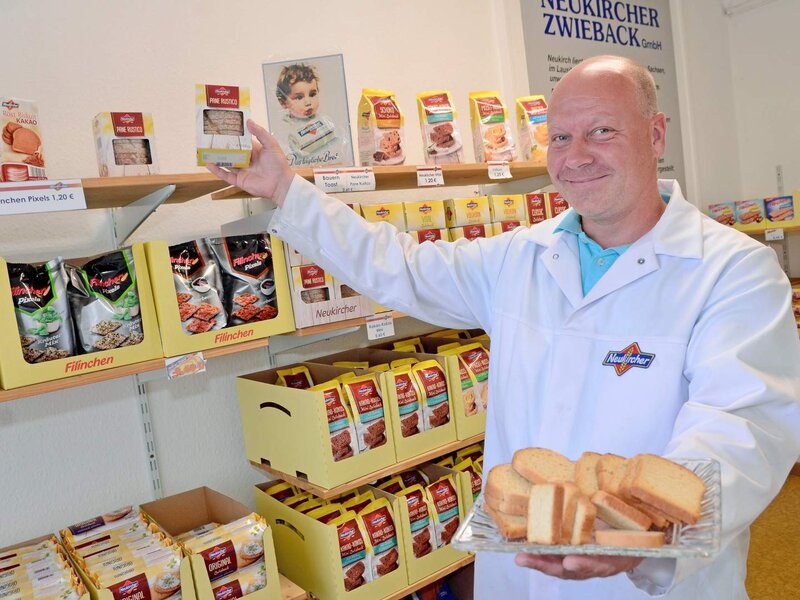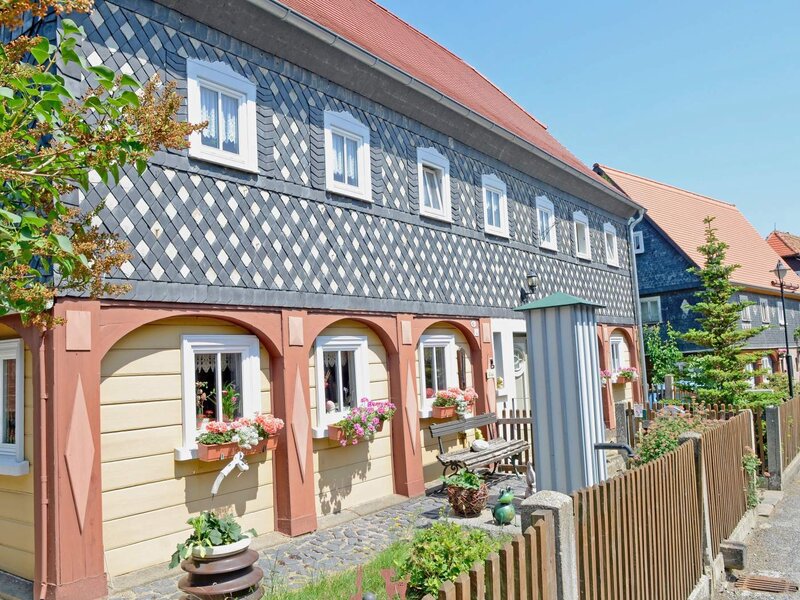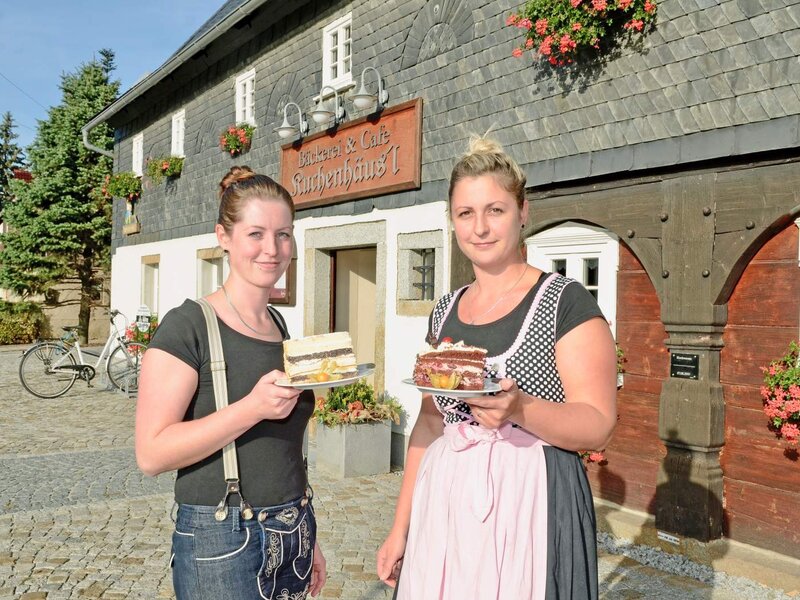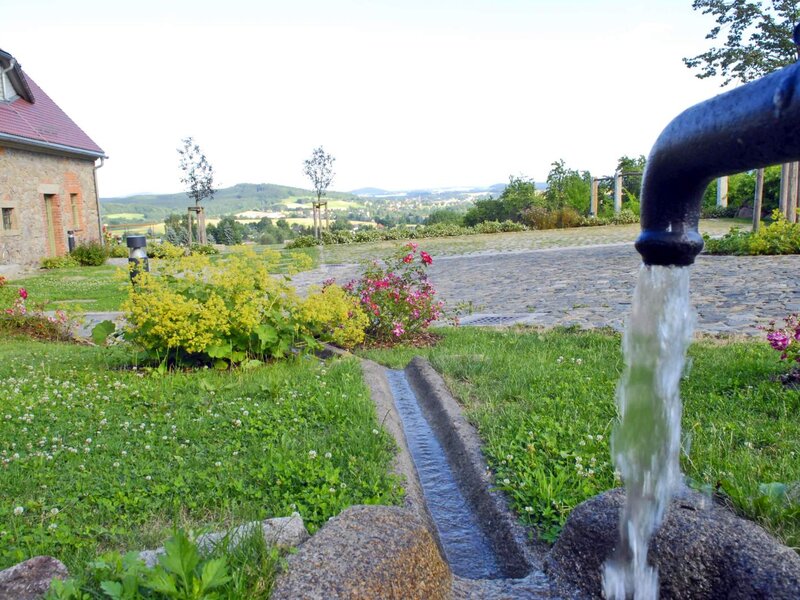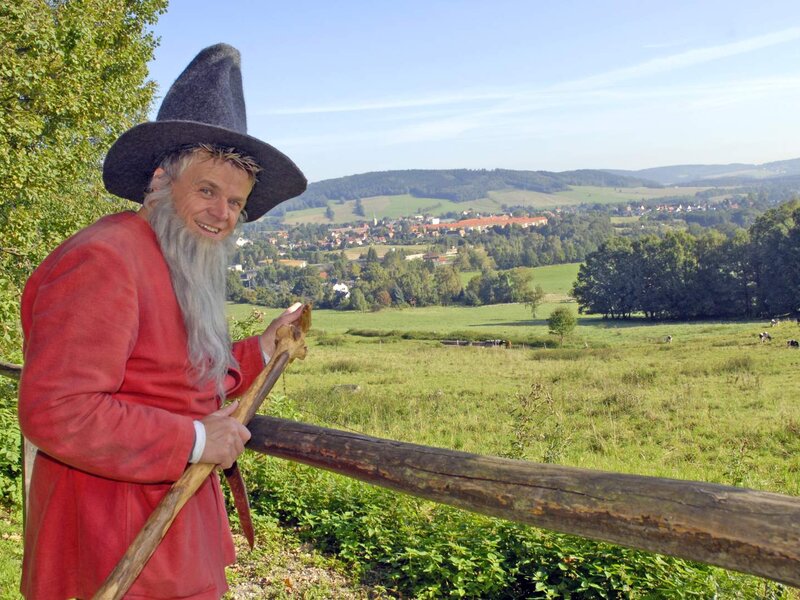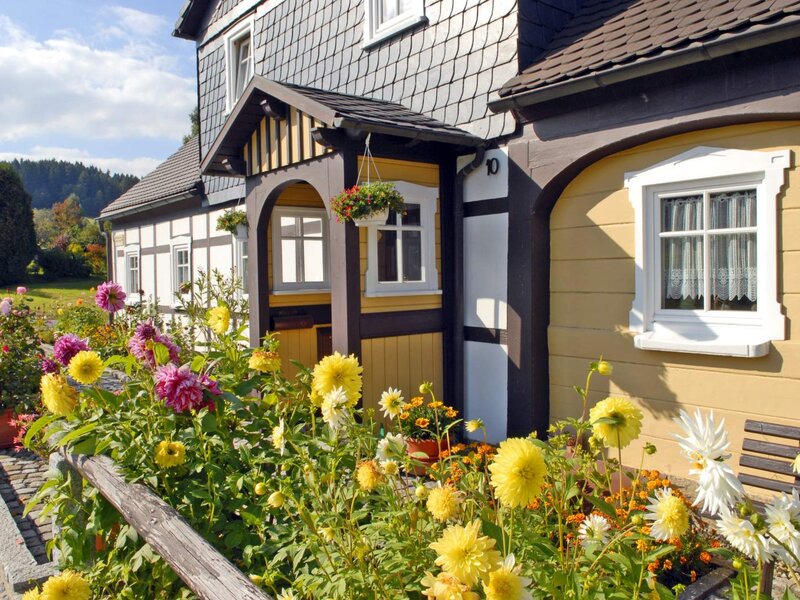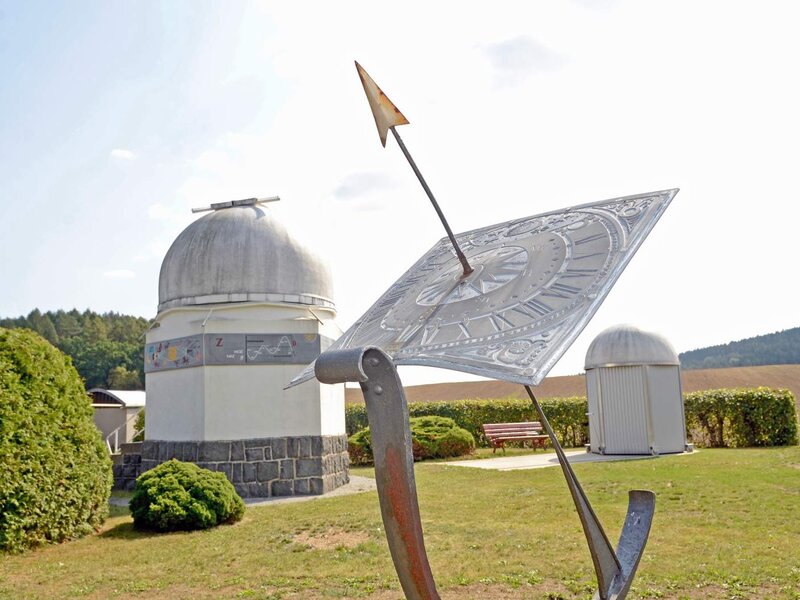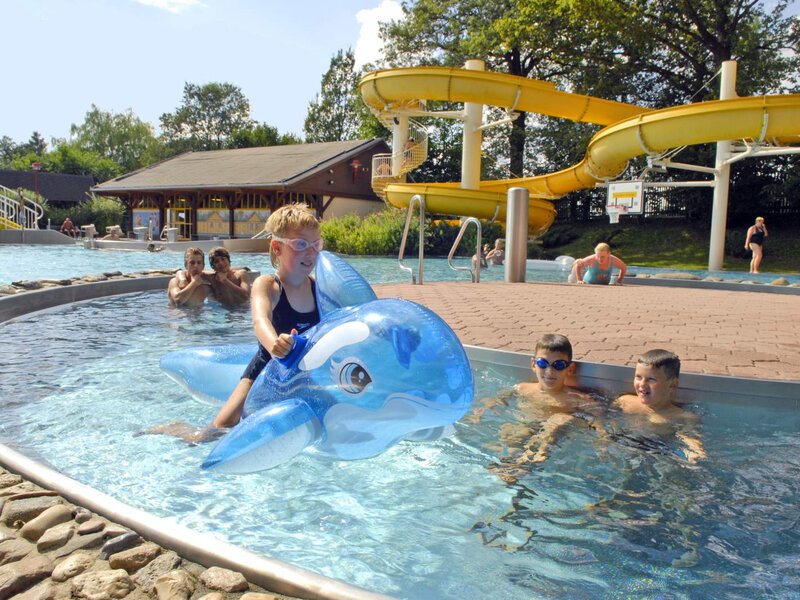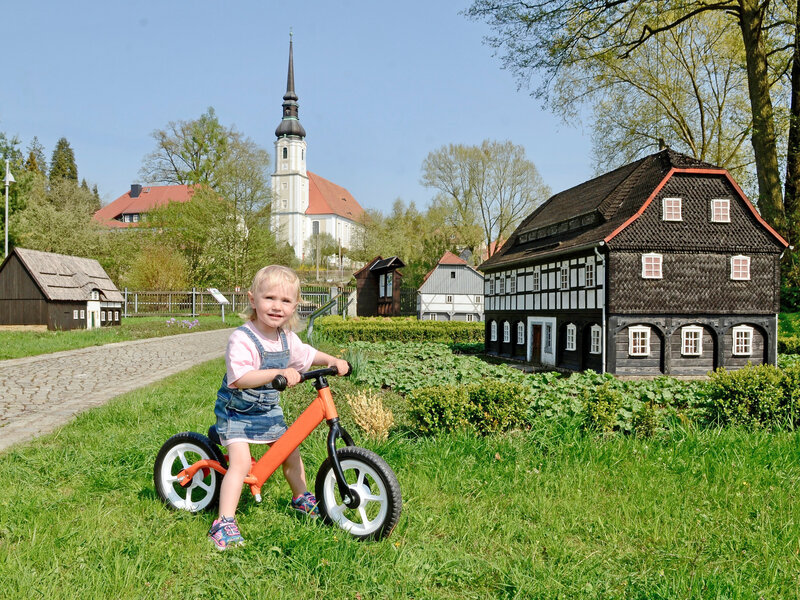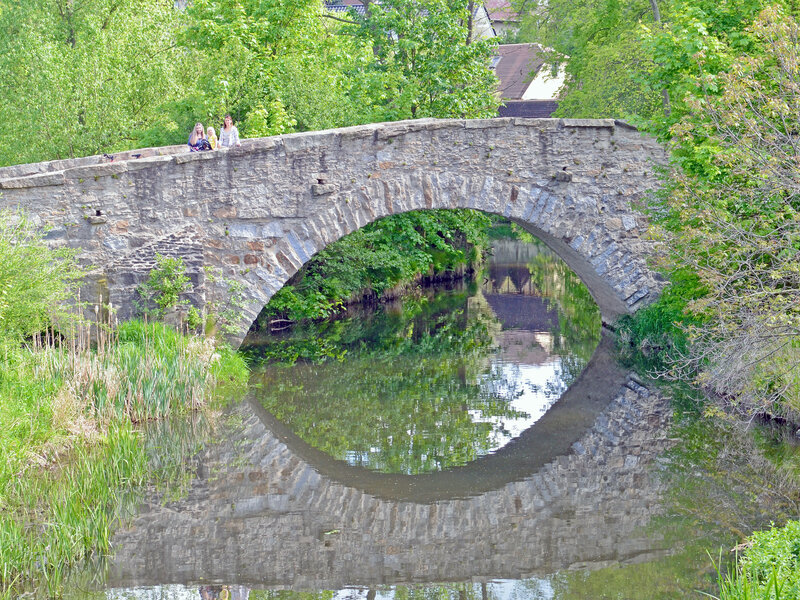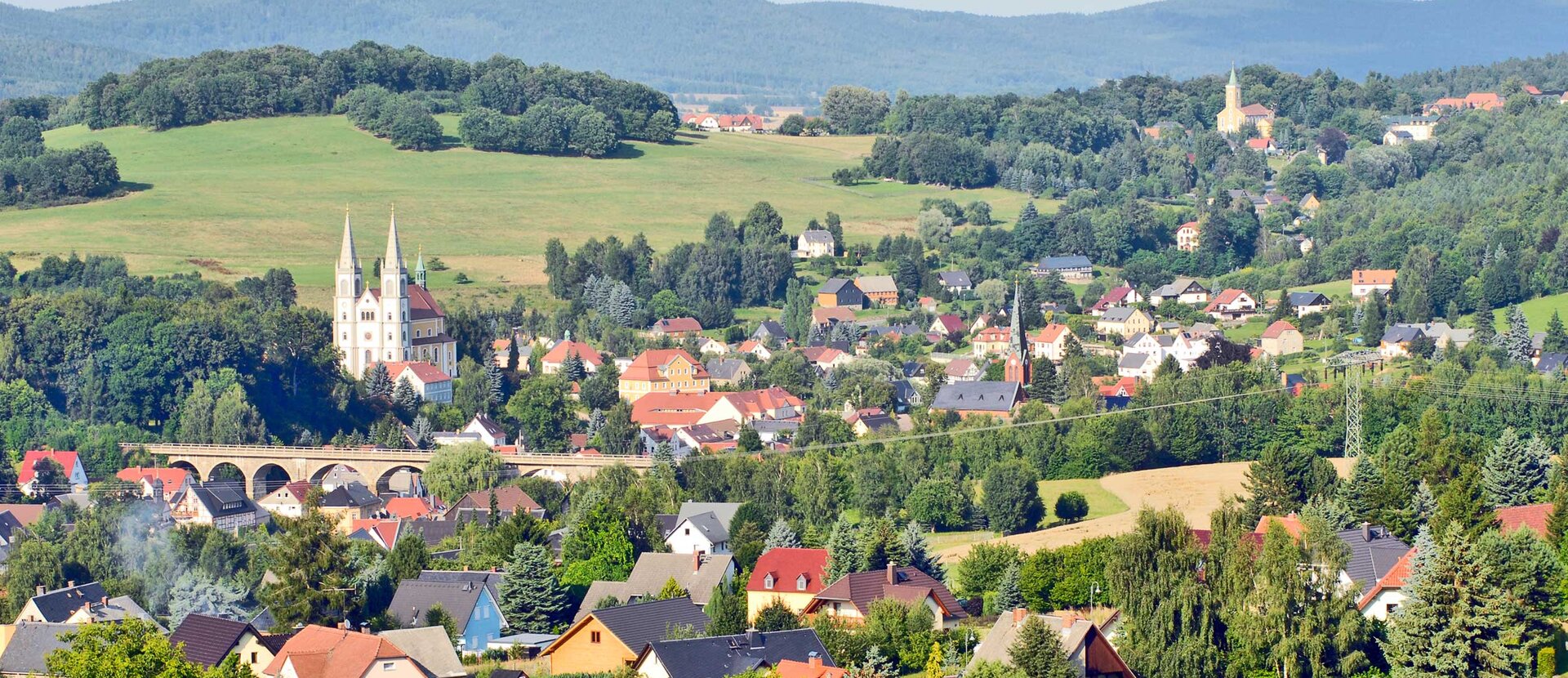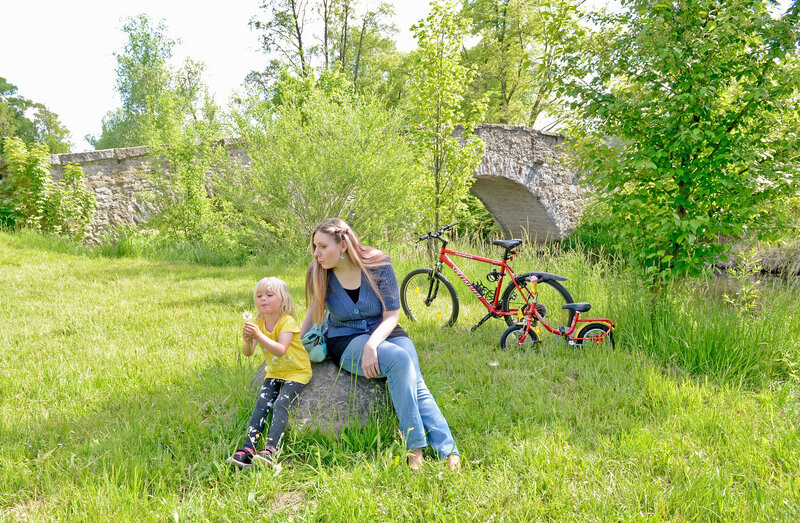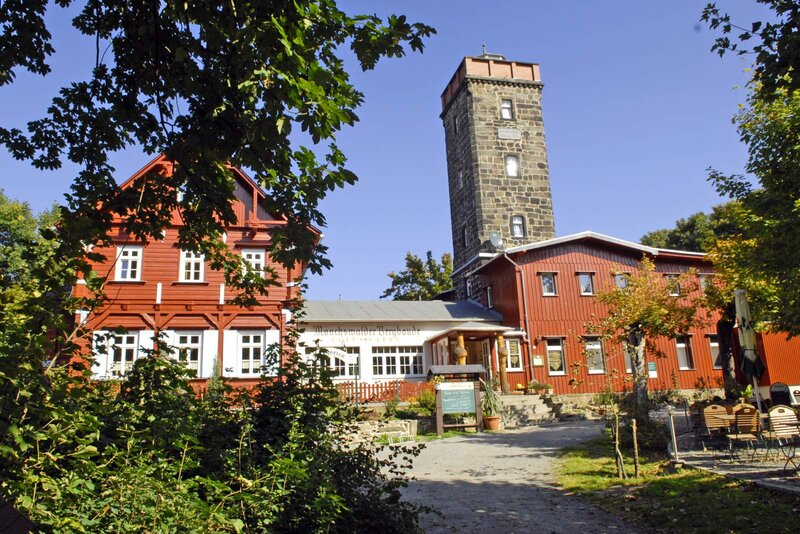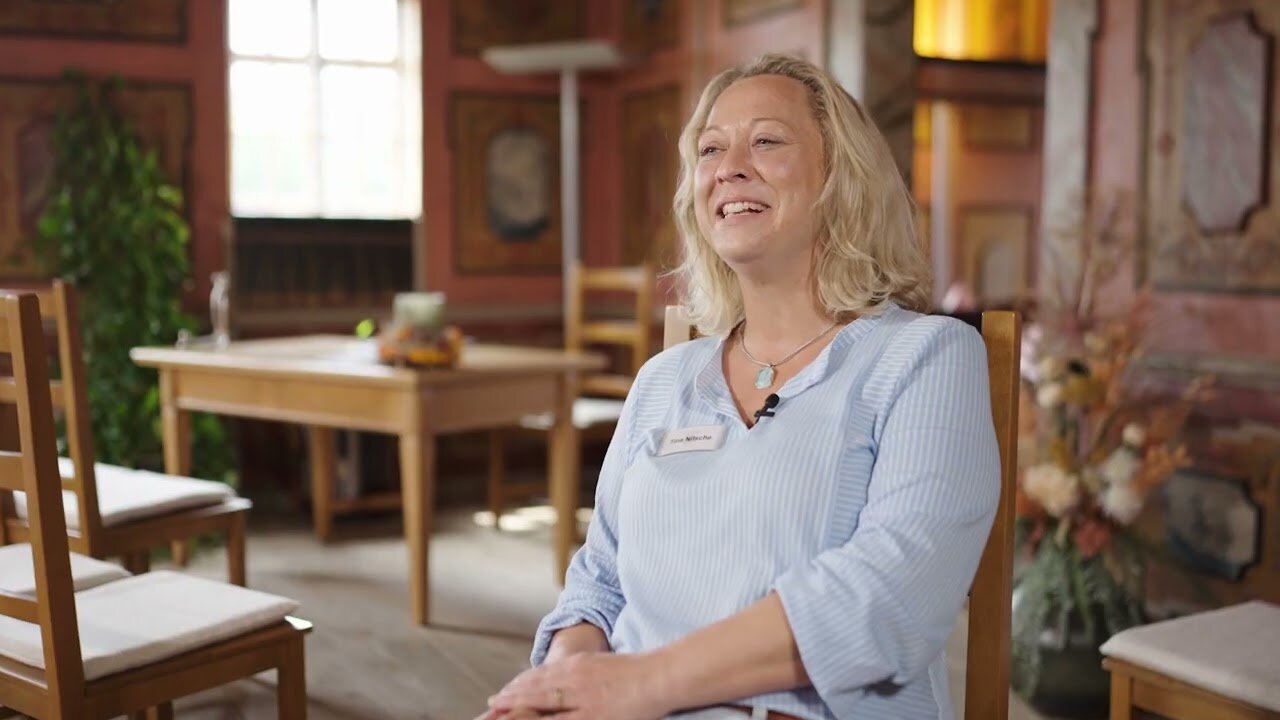From the sources of the Spree through the Upper Lusatian Highlands
Dip your feet into the clear waters of the Spree, hike along mountain trails, take a deep breath and enjoy the moment: it's so easy to take a break from everyday life in the Upper Lusatian Bergland vacation region. It seems as if the gentle harmony of the landscape has an immediate calming effect on the soul. No wonder: the dreamy hills, extensive forests and pretty villages and small towns with their baroque churches, half-timbered houses and sundials simply invite you to relax and actively unwind. It quickly becomes clear why the hospitable "Oberlanders" love their homeland so much. And they like to toast this together, for example with a traditional German brandy ("Wilthener") from the region.
"Those who walk towards the sun leave the shadows behind." Could it be that the rock formations that hikers can discover on their tours in the Upper Lusatian Highlands are not located on the mountains by chance? How can it be that there are openings in the middle of the stones through which the sun shines at the summer or winter solstice? These are mysterious and very interesting questions to which visitors to the Sohland/Spree public and school observatory will find answers.
Surprises in every place
Many guests to the Oberlausitzer Bergland rave about their stays and experiences. In fact, every place offers something unique. In Neukirch/Lausitz, it is the traditional craftsmanship with show workshops of master potters and linen weavers. In Sohland/Spree, you can go boating in the recreation area at the reservoir, visit the forest stage or the mysterious calf stones, a "god's hand phenomenon". On an educational trail in the sundial village of Taubenheim, you can learn interesting facts about timekeeping and in Cunewalde, in addition to the classic car museum and the autocross track, you will be surprised by the largest village church in Germany with 2,632 seats, a stop on the Via Sacra. In addition, a half-timbered house park invites visitors to take a closer look at the half-timbered houses typical of southern Upper Lusatia. One of the oldest of these houses, the Reiterhaus, can be found in Neusalza-Spremberg.
In Wilthen, you can learn legendary facts about "Pumphut, the sorcerer of Upper Lusatia" on the hiking trail and there are wonderful contemporary witnesses of the old narrow-gauge railroad, the "Klimperch", in the museum in Oppach.
You can find out more about Lusatian granite and agriculture at the Schmölln-Putzkau local history museum.
Bohemian flair and romantic wellness oasis
As you approach Schirgiswalde, the "Pearl of Upper Lusatia", the church with its twin towers is visible from afar. The village remained a Bohemian enclave until the 17th century, while the surrounding area had long since become part of Saxony. Crostau is beautifully situated in the mountains and has a wonderful original restored Silbermann organ in the small church. Down in the valley there is a true wellness oasis: romantic vacations in Kirschau in the wellness hotel and spa temple or relaxation in the "Körse-Therme" with graduation tower, brine bath and sauna area. Water is simply part of the Oberlausitzer Bergland, whether on the banks of the Spree or in the outdoor pools in Wilthen, Wehrsdorf, Schmölln-Putzkau, the Cunewalde adventure pool, in the Steinigtwolmsdorf water world or - bottled - from Oppach. You can find out more about the latter water on the Oppach fountain trail.
There are also moments of pleasure in cozy and elegant restaurants. As you like it: Upper Lusatian, Saxon or international cuisine, presented in half-timbered houses, mountain huts or starred cuisine in our feel-good hotels.
Impressions
